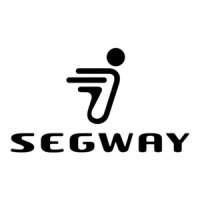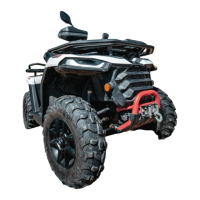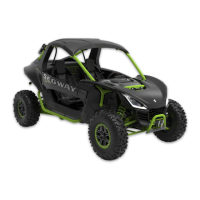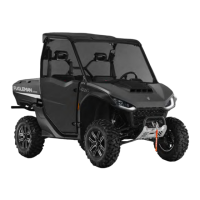What to do if Segway Snarler AT6 S is stuck in mud or snow?
- SSamantha StewartJul 25, 2025
If your Segway Offroad Vehicle gets stuck in mud or snow, shift the transmission to low range. Then, carefully apply fast, aggressive throttle to engage the clutch. Be cautious, as excessive throttle can cause loss of control and vehicle overturn.








